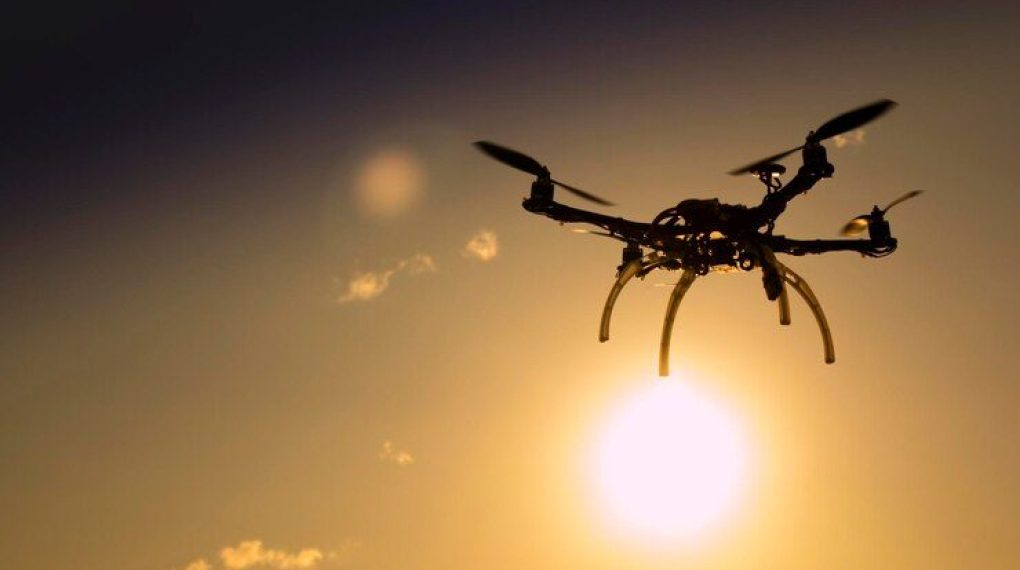
The building services industry is no stranger to innovation, continually evolving to meet the demands of increasingly complex structures and client expectations. Among the many tasks that building service contractors undertake, window cleaning—especially for high-rise buildings—remains one of the most challenging and hazardous.
In search of safer and more efficient solutions, industry pioneers are looking skyward, to an emerging technology that’s already transforming numerous sectors: drones.
As drone technology continues to advance, its potential applications have expanded far beyond the realms of aerial photography and delivery services. Today, drones are making their presence felt in the building services industry, particularly in the sphere of window cleaning.
But why should building service contractors consider drones for window cleaning? What are the benefits, and how do they compare with traditional methods? Are there any drawbacks or obstacles that need addressing? This article will delve into these questions, providing a comprehensive look at why drones might well be the future of window cleaning in building services. Prepare to embark on a journey that takes you to new heights in industry innovation.
Window Cleaning Challenges in the Building Services Industry

The task of window cleaning, particularly for high-rise buildings, is fraught with challenges. These obstacles contribute to the complexity, cost, and risks associated with the job.
Let’s delve into some of the major difficulties faced by building service contractors:
1. Risk to Human Life:
Perhaps the most significant challenge is the inherent danger involved in cleaning the windows of towering structures. Despite advances in safety equipment, high-rise window cleaning remains one of the riskiest jobs, with cleaners often suspended hundreds of feet above the ground. Any minor mishap can lead to severe injuries or even fatalities.
2. Efficiency and Time Consumption:
Traditional window cleaning methods can be incredibly time-consuming. Cleaning a single high-rise building can take several days or even weeks, depending on the size and number of windows. This slow process can lead to increased costs and scheduling difficulties.
3. Access to Difficult Areas:
Not all parts of a building are easily accessible. Certain architectural features, such as overhangs, complex facades, and very high or recessed windows, can prove particularly tricky for window cleaners to reach.
4. Environmental Impact:
Traditional window cleaning methods often involve large amounts of water and cleaning chemicals. These substances can harm the environment, especially when not managed properly.
5. Regulatory and Insurance Issues:
Given the risks involved in high-rise window cleaning, there are numerous regulations that contractors must comply with. Additionally, insurance costs can be high due to the dangerous nature of the work.
Introduction to Drone Technology in Window Cleaning
As the building services industry seeks innovative solutions to its window-cleaning challenges, drone technology is emerging as a game-changer. But how does this technology work in the context of window cleaning?
Drones, also known as unmanned aerial vehicles (UAVs), have been in use for various applications ranging from photography to package delivery, and more recently, building services. In the case of window cleaning, specially designed drones equipped with cleaning tools and water or cleaning solutions are employed.
These window-cleaning drones typically have a lightweight, robust design to withstand various weather conditions. They are equipped with rotating brushes and spray nozzles that dispense water or cleaning solutions. Some drones even have advanced features such as high-definition cameras for real-time monitoring, sensors for obstacle detection and avoidance, and GPS for accurate positioning and navigation.
The operation of these drones is managed remotely from the ground. Window cleaning contractors can control the drone’s movements, monitor the cleaning process via the onboard camera, and make necessary adjustments. This allows for a highly controlled and targeted cleaning operation, reducing the wastage of water and cleaning solutions.
The Benefits of Using Drones for Window Cleaning

As drones continue to make inroads into the building services industry, they bring a host of benefits that could significantly transform the window-cleaning landscape.
Here are the key advantages that drone technology offers:
A. Enhanced Safety:
The most prominent benefit of using drones for window cleaning is enhanced safety. By eliminating the need for human cleaners to physically scale high-rise buildings, drones significantly reduce the risk of accidents and injuries, making window cleaning a much safer task.
B. Increased Efficiency and Speed:
With the ability to navigate quickly and cover large areas, drones can clean windows faster than traditional manual methods. Their ability to operate continuously without fatigue also increases productivity.
C. Access to Hard-to-Reach Areas:
Drones can easily reach parts of buildings that would be difficult or impossible for human cleaners to access. This includes overhangs, recessed windows, and other architectural features, ensuring a comprehensive cleaning.
D. Reduced Environmental Impact:
Drone-based window cleaning can be more environmentally friendly than traditional methods. The precise control offered by drones means they can clean effectively with less water and fewer chemicals.
E. Cost Savings:
Although the initial investment in drone technology can be substantial, the long-term savings are significant. Reduced labor costs, faster cleaning times, and lower insurance premiums (due to decreased risk) all contribute to cost savings over time.
F. Improved Image and Innovation:
In an industry where standing out can be a challenge, adopting drone technology can set a company apart. It shows a commitment to innovation, safety, and efficiency, which can help attract and retain clients.
Closing Thoughts
The evolution of technology continues to reshape industries worldwide, and the building services sector is no exception. The adoption of drones for window cleaning represents a significant leap forward, offering an innovative solution to longstanding challenges. From enhancing safety to improving efficiency, reducing environmental impact, and cutting costs, the benefits of drone technology are hard to ignore.
While obstacles and misconceptions still need to be addressed, the trajectory of drone usage in the industry is undeniably upward. Building service contractors willing to invest in this technology, adapt to its nuances, and navigate the regulatory landscape stand to gain a competitive edge in an ever-evolving market.
As we look to the future of window cleaning in the building services industry, it’s clear that the sky is indeed the limit. Drones are not just a fleeting trend; they are a viable, sustainable solution that can revolutionize the way we approach window cleaning. It’s time to embrace this aerial advancement and let innovation take flight.
Read Also:






